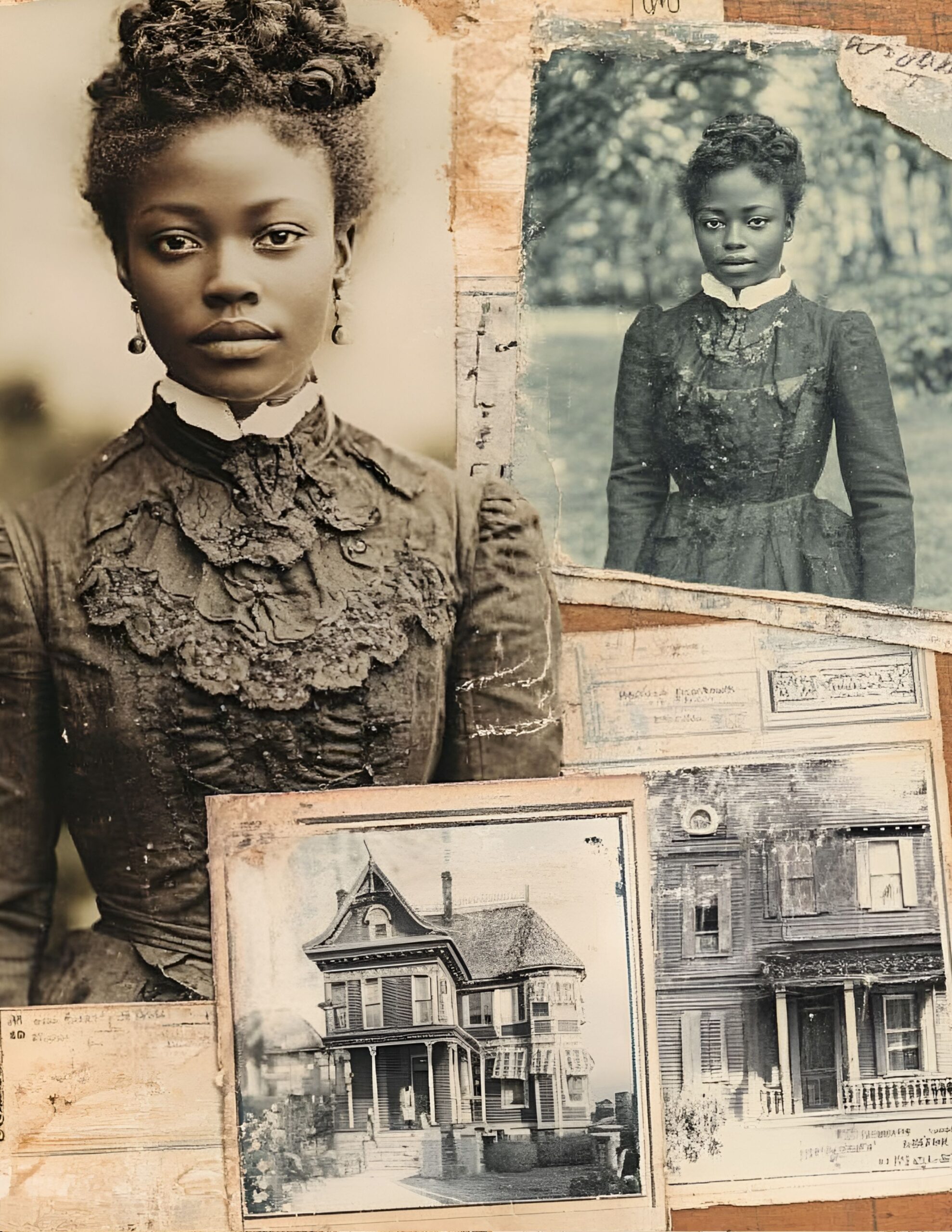The Black Arts Movement: A Revolution in Black Expression
The Black Arts Movement (BAM), often referred to as the artistic arm of the Black Power Movement, emerged during the mid-1960s as a bold and transformative force in American cultural
The Black Arts Movement (BAM), often referred to as the artistic arm of the Black Power Movement, emerged during the mid-1960s as a bold and transformative force in American cultural history. Rooted in the fight for racial justice and self-determination, BAM gave rise to a new wave of Black creativity that reshaped literature, theater, music, and visual arts, offering an unapologetically Black perspective in an era marked by social upheaval. This article delves into the origins, key figures, and enduring legacy of the Black Arts Movement, highlighting its role in empowering African Americans and reshaping American cultural identity.
Origins and Context
The Black Arts Movement was born in the turbulent 1960s, a decade defined by the Civil Rights Movement, urban uprisings, and the rise of Black nationalist ideologies. The assassination of Malcolm X in 1965 served as a catalytic moment for many Black artists, who sought to honor his legacy by creating work that celebrated Black identity and resisted white supremacy. Poet and playwright Amiri Baraka (formerly LeRoi Jones) is widely recognized as the movement’s founder. Following Malcolm X’s death, Baraka moved from Greenwich Village to Harlem, where he established the Black Arts Repertory Theatre/School (BARTS). Although BARTS had a short lifespan, its influence was profound, inspiring the proliferation of similar cultural institutions across the United States.
Core Principles and Goals
BAM was characterized by its commitment to the principles of Black self-determination, cultural pride, and artistic authenticity. Rejecting assimilationist narratives, the movement encouraged artists to draw inspiration from African traditions and the lived experiences of Black communities. BAM also emphasized the importance of art as a tool for political and social change, challenging systemic racism and advocating for the empowerment of Black people.
The movement’s ethos was encapsulated in the mantra “Black is Beautiful,” a rallying cry that celebrated the unique aesthetic, linguistic, and cultural expressions of African Americans. BAM artists sought to dismantle the Eurocentric standards of beauty and art that had long marginalized Black voices, asserting that Black art should serve Black people first and foremost.
Key Figures and Contributions
The Black Arts Movement produced a remarkable array of artists whose work continues to resonate today. Amiri Baraka’s plays and poetry, such as Dutchman and Black Magic, exemplified the movement’s raw, confrontational style. Gwendolyn Brooks, the first African American to win the Pulitzer Prize for Poetry, infused her work with themes of Black resilience and community. Sonia Sanchez, Nikki Giovanni, and Haki Madhubuti were other notable poets whose writings became cornerstones of the movement.
In theater, institutions like the Negro Ensemble Company and the New Lafayette Theatre brought stories of Black struggle and triumph to the stage, challenging mainstream narratives and fostering a sense of solidarity among audiences. Visual artists such as Elizabeth Catlett and Faith Ringgold used their work to depict the beauty and struggles of Black life, often incorporating African motifs and symbols to underscore their cultural heritage.
Music, too, was a vital component of BAM. Jazz, soul, and the emerging sounds of funk became soundtracks to the movement, with artists like Sun Ra and Nina Simone blending musical innovation with political messaging. Simone’s Mississippi Goddam and To Be Young, Gifted, and Black are iconic examples of music’s power to inspire and mobilize.
Legacy and Influence
Though the Black Arts Movement began to wane by the mid-1970s, its impact endures. The movement laid the groundwork for subsequent generations of Black artists, from the hip-hop pioneers of the 1980s to contemporary creators like Ava DuVernay and Ta-Nehisi Coates. BAM also influenced academic disciplines, contributing to the establishment of Black Studies programs in universities and sparking critical conversations about the role of art in social justice.
While the movement was home to numerous influential women, critics of BAM have pointed to its occasionally exclusionary rhetoric, particularly its emphasis on Black male perspectives at the expense of gender inclusivity. Nevertheless, the movement’s achievements in amplifying Black voices and fostering cultural pride are undeniable. BAM not only enriched American art but also challenged the nation to confront its racial injustices and recognize the profound contributions of Black creativity.
Conclusion
The Black Arts Movement was more than an artistic renaissance; it was a revolutionary assertion of Black identity and autonomy. By insisting that Black art serve the Black community and reflect its aspirations, BAM redefined the possibilities of creative expression and left an indelible mark on American culture. Today, as conversations about race and equity remain central to societal progress, the legacy of the Black Arts Movement continues to inspire and guide new generations in the ongoing quest for justice and self-expression.


